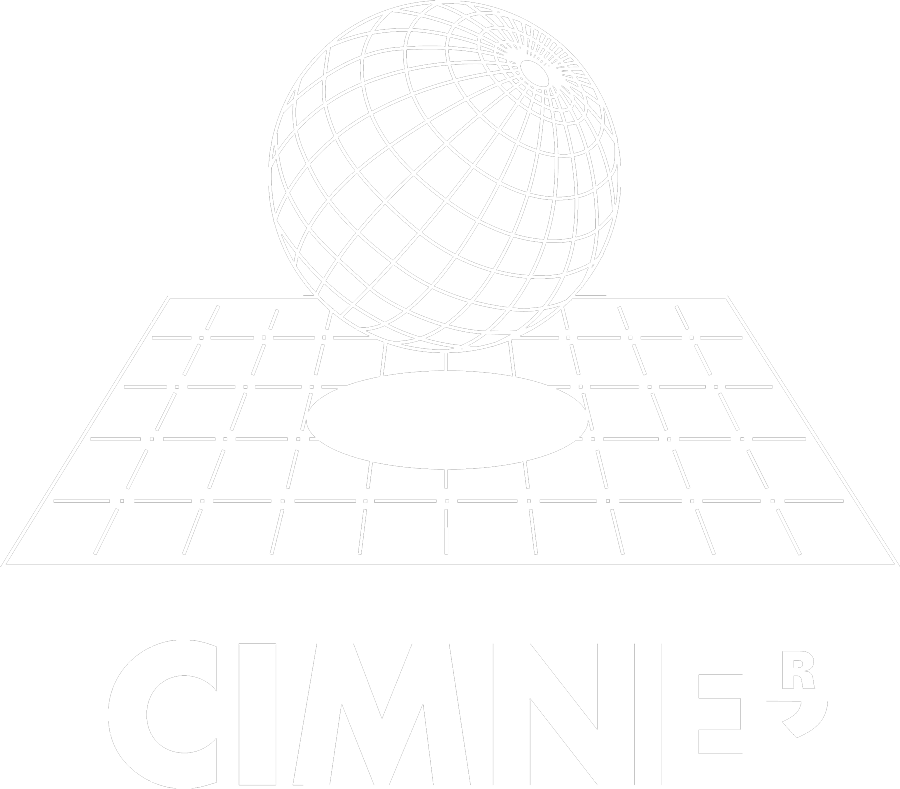
The DEM
The Discrete Element Method (DEM) is a numerical method to compute the dynamics of particles. Widely accepted as a good approach for solving problems related to discontinuous materials, its development and use is growing rapidly thanks to the advance in computer hardware. The increasing speed of processors, access to memory and specially the parallel computing, together with an actual discontinuous solution for discontinuum problems are the main reasons why particle methods are becoming more and more popular. Visit Wikipedia for a deeper explanation of the DEM: http://en.wikipedia.org/wiki/Discrete_element_method
DEMPack
DEMPack is the name of a family of DEM -based software products. The DEMPack Team was created in 2012 in CIMNE (www.cimne.com ) and is in charge of all these products. The programming work is being done within the framework of the open source code Kratos Multiphysics ( www.cimne.com/kratos ), so all possible couplings with fluids, structures, and electro-magnetism, can be done easily in the same framework. DEMPack has adopted the Kratos philosophy of ensuring parallelism in every computation.
The main results of the DEMPack work consist on:
- A computing OpenSource kernel. As part of Kratos, the calculation is coded open source, BSD license, in a Python/C++ hybrid code.
- Packed applications. Several GUI's connected with the computing kernel, developed for specific problems.
Packed software
- D- DEMPack: a tool for D iscontinuum computations. This package contains a GUI for preparing and running problems concerning non-cohesive particles. Volumes of spheres can be pre-processed as well as particles inlet surfaces. Non permeable walls of triangular elements can also be drawn, with a number of possible imposed simple motions.
- CFD -DEMPack: a tool for CFD -DEM interaction. This package contains a GUI for preparing and running problems of fluiddynamics, for Newtonian and non-Newtonian fluids, in interaction with DEM particles embedded in the fluid. Both the fluid and the DEM use the Kratos open source code.
- C -DEMPack: a tool for C ontinuum computations using DEM. This package contains GUI for preparing and running problems of Continuum Solid Mechanics, including multi-fracturing processes. This topic is under intense research, and several micro constitutive laws are under study.
Fields of application
Using the DEM technology, CIMNE has developed a multipurpose and versatile code capable of tackling with a wide range of engineering and science problems. The code is multi-platform and takes advantage of the latest developments of the community regarding parallel computing. The list of problems the DEMPack software is capable of studying includes the following:
General Applications1. Granular Flows |
Industrial Applications1. Geomechanics |

